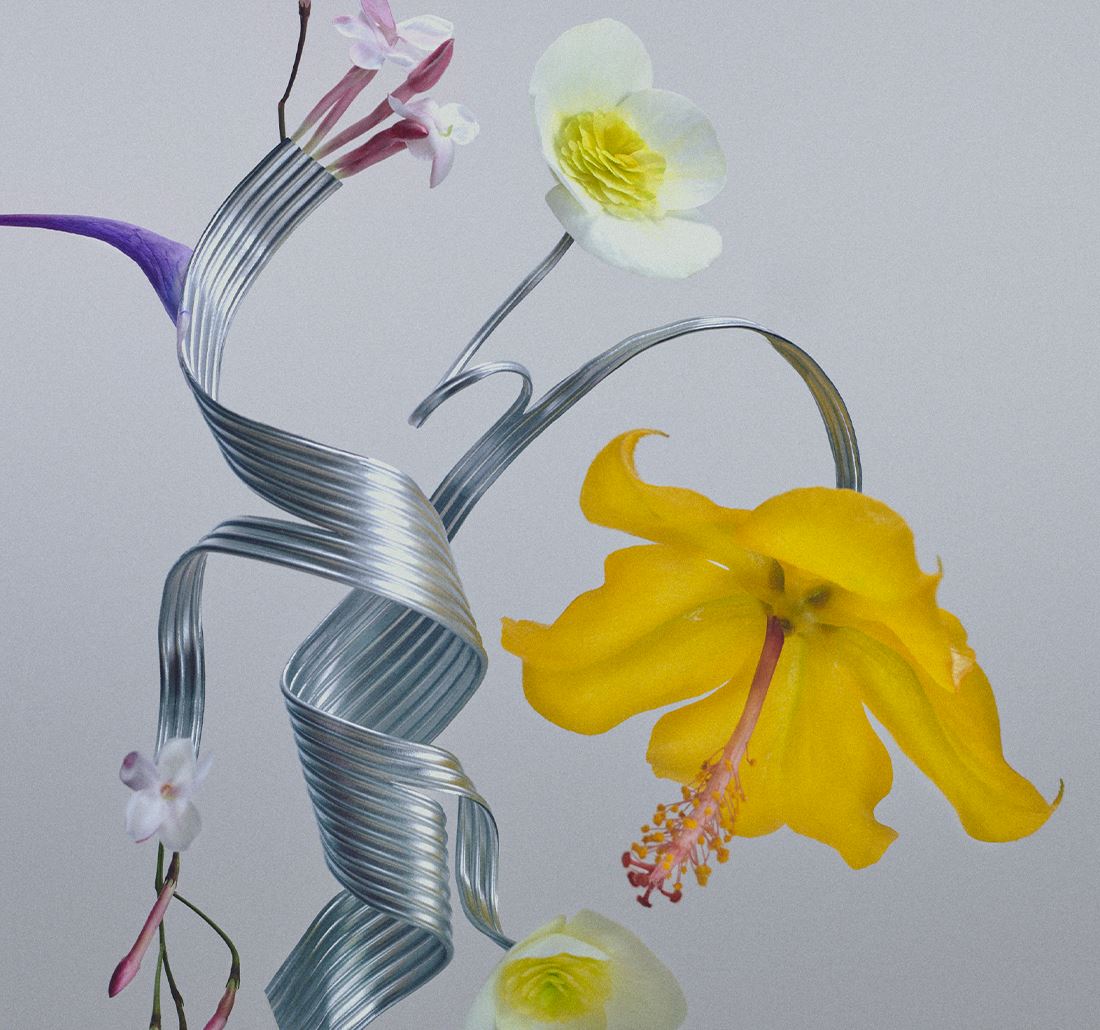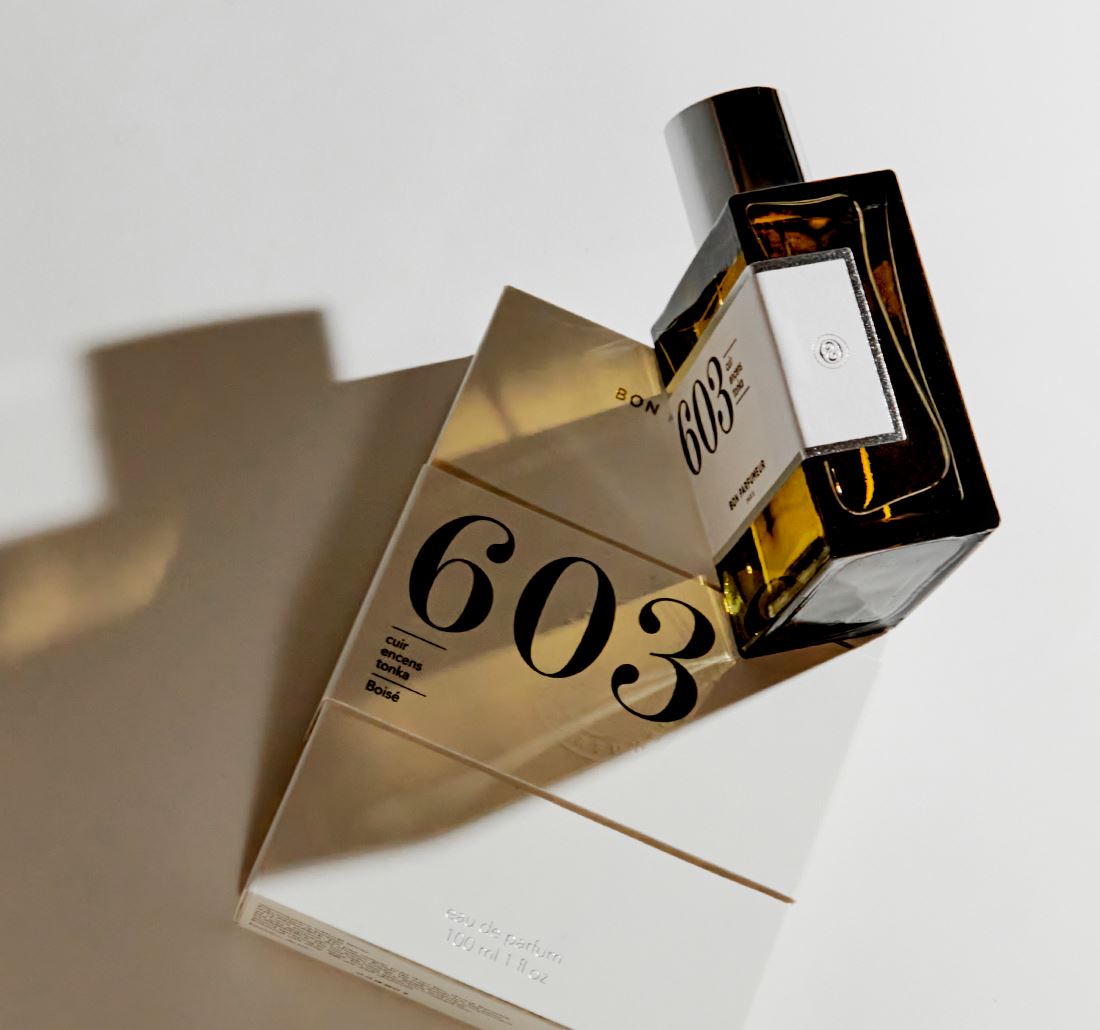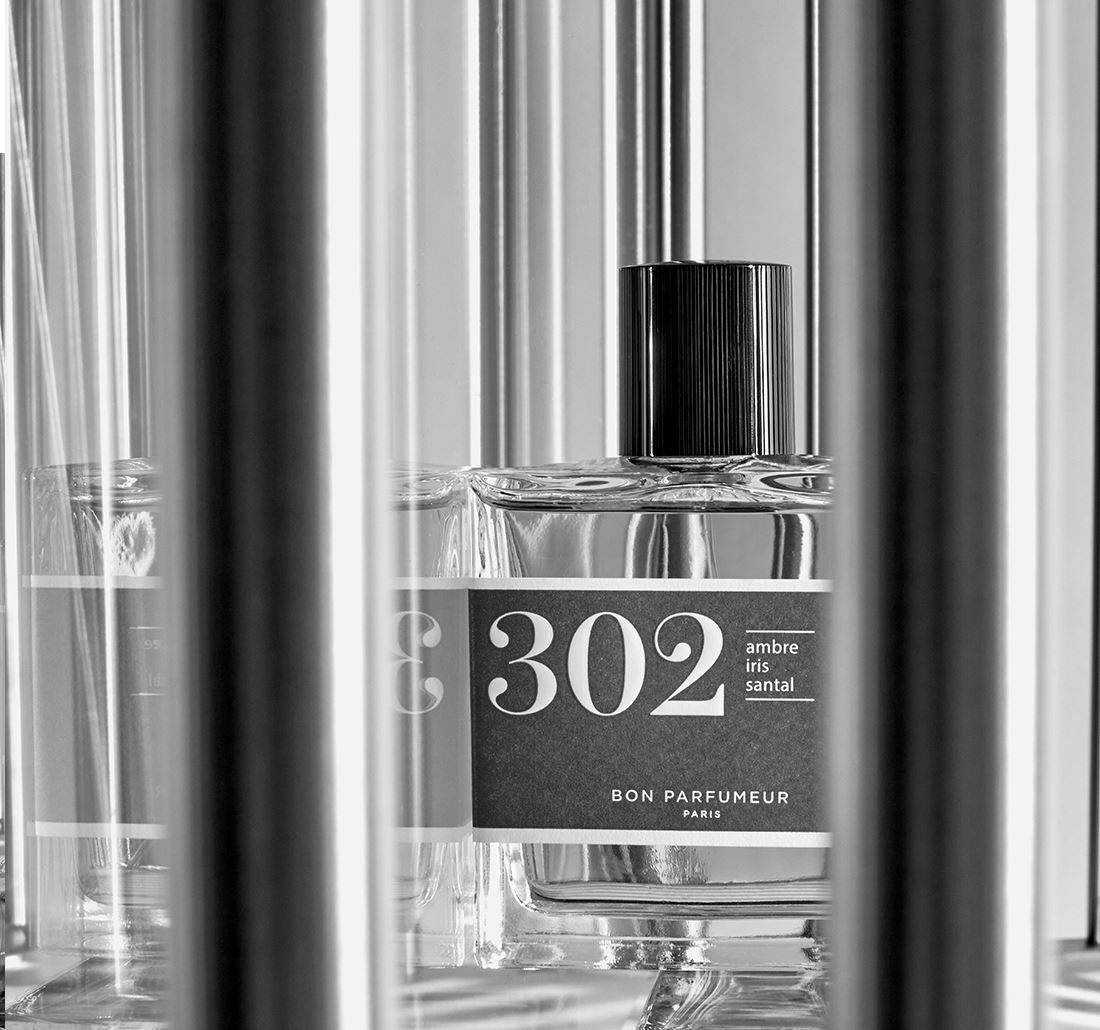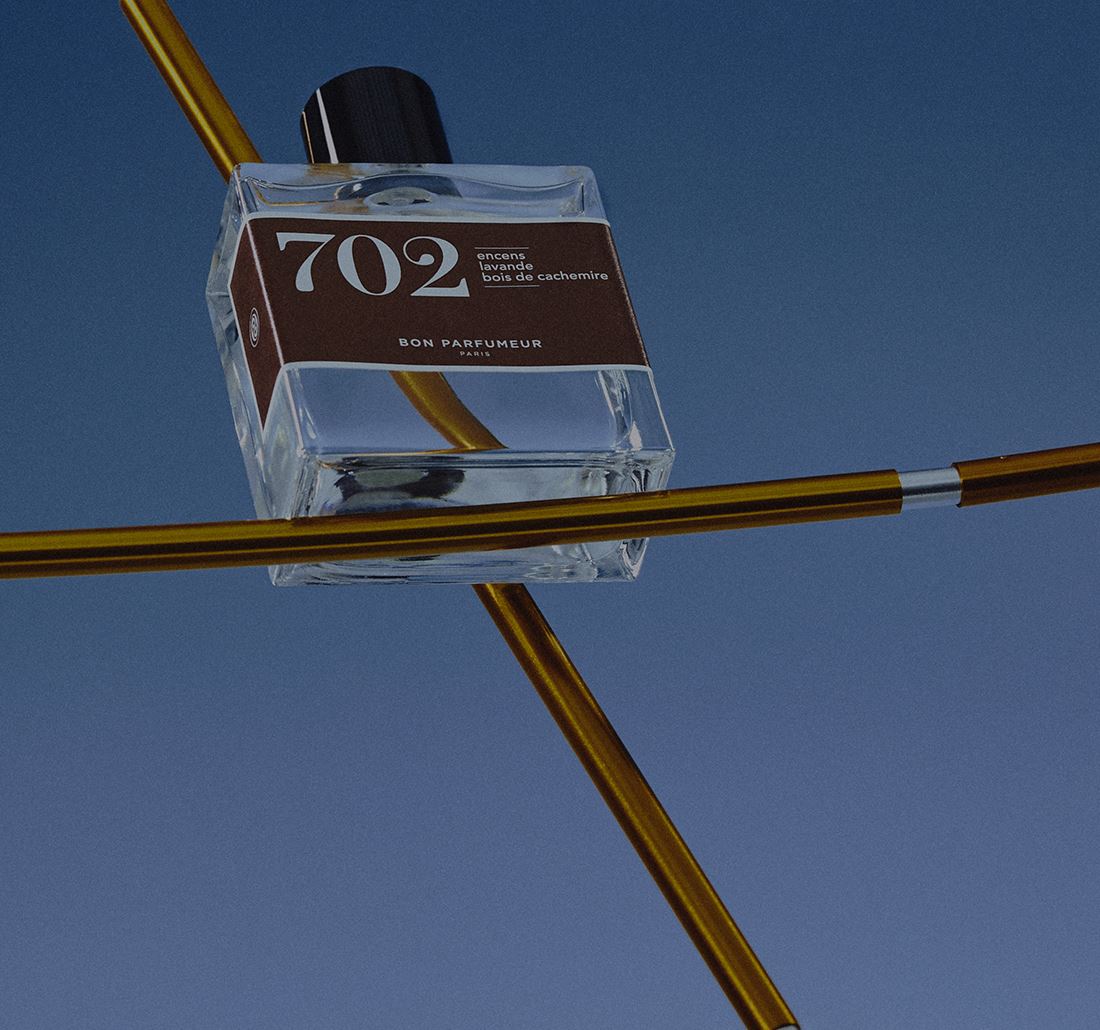SUMMARY
01. What is the enfleurage technique?
02. What are the differences between cold and hot enfleurage?
How to make perfume ? Today we have modern technologies to extract or distill the fragrance of plants, but how did they do it before? To offer the fragrance of flowers in bottles, the technique used until very recently was called "enfleurage."
What is the enfleurage technique?
The short history of enfleurage
Enfleurage for perfume was already used in Antiquity, so this technique is not new according to historians. It was widely used during the 18th century, a time when wearing perfume was considered the height of chic and a sign of social status. The most well-known enfleurage technique was developed in France in Grasse, it allows the extraction of perfume from fragile plants that could not withstand distillation . Since the 1930s, it has been abandoned and replaced by extraction using volatile solvents as soon as this technique was perfectly perfected.
How is enfleurage performed?
Enfleurage is a technique that requires plants from which the fragrance is to be extracted and oil. The advantage of this technique is that even the most fragile plants can be used. Depending on the plants chosen, it may or may not be possible to heat the oil or fat in which the plants are bathed. It is this oil, or fat, that traps the fragrance of the plants. The result is then filtered to remove pieces of flowers, then everything is washed with alcohol to keep only what has captured the fragrance.
What are the differences between cold and hot enfleurage?
What is the cold enfleurage technique?
Cold enfleurage is reserved for the most fragile plants and flowers, such as jasmine or daffodil, those that cannot tolerate being heated for fear of altering their fragrance. The flowers, as fresh as possible, are placed on a layer of fat at room temperature, left to rest for at least a day, then the fat that has trapped the fragrance of the flowers is collected. This operation must be carried out several times so that the fat is very fragrant. The flowers are removed by hand, then the fat is cleaned with alcohol. After the latter has evaporated, only the "absolute of ointments" remains.
What about hot enfleurage?
Hot enfleurage is also called "maceration", we install plants that do not fear heat, such as mimosa , in oil or fat, then everything is heated to between 40° and 60°, depending on the plants, in a bain-marie. This process lasts two hours, during which the macerate is regularly mixed. In some cases, the sun was used to heat the oil and flowers. Once the infusion is complete, it must be filtered, then washed with alcohol to obtain a product with a high perfume content.
Today this technique has been abandoned, it required a lot of time and many flowers for a reduced production. More modern techniques, such as Nature Print or the Softact , are preferred because they allow capturing new scents on fragile flowers.
Feel free to consult our article on the expression to learn everything about this technique in perfumery









